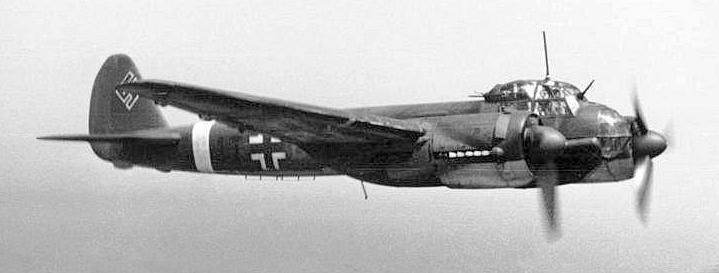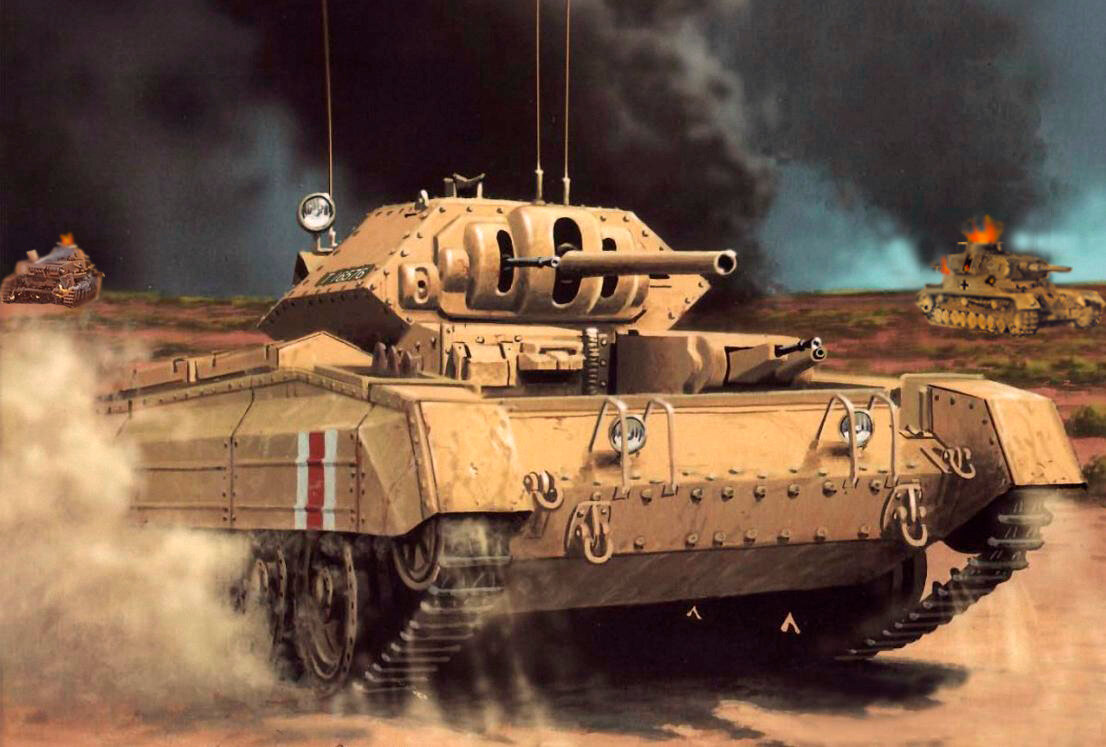
Junkers Ju 88 Mediterranean TDW: 1941-1942 Part 7
Ju 88 A, L1 + BT from 9./LG 1 at Catania Airport, Ju 52/3m transport aircraft in the background.
The leader of Italy, Benito Mussolini, after the successes of the Wehrmacht in the spring of 1940 in Western Europe, decided to enter the war on the side of Germany and on June 10, 1940 declared war on France and Great Britain. From the very beginning, Italy's participation in the hostilities turned into a series of defeats and defeats inflicted on it by the British, and then by the Greeks, against whom the war was launched on October 28, 1940. Mussolini turned to Germany for help.
On November 20, 1940, Mussolini received a promise to help directly from Adolf Hitler. Already on January 8, 1941, X. Fliegerkorps aircraft, including machines from Stab, II, were deployed to the Italian airfields of Catania, Comiso, Palermo, Reggio, Calabria and Trapani in Sicily. and III./LG 1 retired from service over England.
Ju 88 A from LG 1 in the hangar of Comiso Airport, Sicily, with two additional 900-litre fuel tanks suspended under the wings.
LG 1 in Sicily: 8 January to 3 April 1941
The first combat action over the Mediterranean Sea Ju 88 conducted in the afternoon of January 10, 1941. The task of the bombers was to raid the Royal Navy aircraft carrier HMS Illustrious, which had previously been hit by six 500-kg bombs. Ju 87s belonging to St.G 1 and 2. The damaged aircraft carrier was heading to the port of La Valetta in Malta when three Ju 88s from LG 1 approaching the British ships were attacked by 10 Hurricane fighters. The Germans made an emergency drop of bombs and, flying over the crests of the waves, managed to escape to Sicily. A raid by several Ju 88s from III./LG 1, carried out a few tens of minutes later, also ended in failure.
Two days later, a British reconnaissance aircraft confirmed intelligence reports that Luftwaffe aircraft had appeared at Catania Airport. Between 21:25 and 23:35, thirteen Wellington bombers from No. 148 Squadron RAF based in Malta raided the airport, destroying five aircraft on the ground, including two Ju 88s belonging to III./LG 1.
On January 15, 1941, II./LG 1 arrived at Catania airport to take off on the evening of 16 Ju 88 against the British naval base at La Valletta. Junkers dropped 10 SC 1000 bombs and four SD 500 bombs through thick clouds. At the same time, Wellington aircraft from 148 Squadron RAF again dropped 15 tons of bombs on Catania Airport. Four aircraft were destroyed on the ground, including one Ju 88 from LG 1. The regiment also lost its first 6 soldiers killed. Among them was Lieutenant Horst Nagel, pilot of 6. Staffel. Eight LG 1 soldiers were injured, incl. department doctor, Dr. Gerhard Fischbach.
In the early morning of January 16, 1941, 17 Ju 88 A belonging to II. and III./LG 1, escorted by 20 Bf 110s from ZG 26, headed towards La Valletta, where the aircraft carrier HMS Illustrious was moored off French Creek. Two SC 1000 bombs exploded between the pier and the carrier's hull, their fragments causing light damage to the ship's hull. A third SC 1800 bomb hit an Essex moped (11 GRT) which was severely damaged. Over the port, the bombers were attacked by Fulmar fighters from the FAA's 063 Squadron, which reported two aircraft shot down. The Germans lost one aircraft over Malta, Ju 806 A-88, W.Nr. 5, L2275 + CT from 1. Staffel (pilot, Oblt. Kurt Pichler), whose crew was missing. Three more aircraft, damaged by fighters or anti-aircraft artillery, crashed during forced landings in Sicily. On the same day, the regiment lost another Ju 9 A-88, W.Nr. 5, which was rammed on the ground by a landing Italian bomber.
Two days later, on 18 January, 12 Ju 88s bombarded the port of La Valletta again, with little success. One Ju 88 A-5 bomber, W.Nr. 3276, L1+ER of 7. Staffel was shot down by Hurricane fighters and landed 15 km north of Malta, its crew missing. The next day, HMS Illustrious was targeted by 30 Ju 88 LG 1s who dropped 32 SC 1000, 2 SD 1000 and 25 SC 500 bombs onto the port. British pilots reported downing up to 9 Ju 88 bombers, but the actual losses were two aircraft combined with the crews of the 8th headquarters: Ju 88 A-5, W.Nr. 3285, L1 + AS, and Ju 88 A-5, W.Nr. 8156, L1 + ES and Ju 88 A-5, W.Nr. 3244, which crashed on an emergency landing at Posallo, its crew emerged from the crash unscathed.
In the following days, bad weather landed LG 1 aircraft at airports. Meanwhile, on the morning of 23 January, a reconnaissance aircraft reported that the aircraft carrier HMS Illustrious was no longer in the port of La Valletta. Improved weather conditions allowed eleven Ju 17 A-10s belonging to III./LG 88 to take off at 5:1, tasked with finding the British ship. Low clouds and heavy rain prevented a successful reconnaissance, and after 20:00 the planes returned to Catania airport. On the way back, for unknown reasons, some of the vehicles completely lost their radio and navigation equipment. Three planes got lost in the dark and had to land near Sicily, of the 12 pilots, only Ofw. Herbert Isaksen of the 8th Staffel managed to save a life and reach the mainland near Capo Rizzutto.
At noon the next day, a German reconnaissance aircraft spotted HMS Illustrious, escorted by four destroyers. Around 16:00 17 Ju 88 of II took off from Catania airport. Gruppe and 14 from III./LG 1 head towards the British team. The raid failed, all the bombs missed. On the way back Ju 88 A-5, W.Nr. 2175, L1 + HM of 4. Staffel (pilot - Uftz. Gustav Ulrich) was shot down by a British fighter "Gladiator", performing a meteorological reconnaissance flight over the Mediterranean Sea between Sicily and Malta. Some German aircraft landed in North Africa at the Benghassi-Benin airfield due to lack of fuel.
